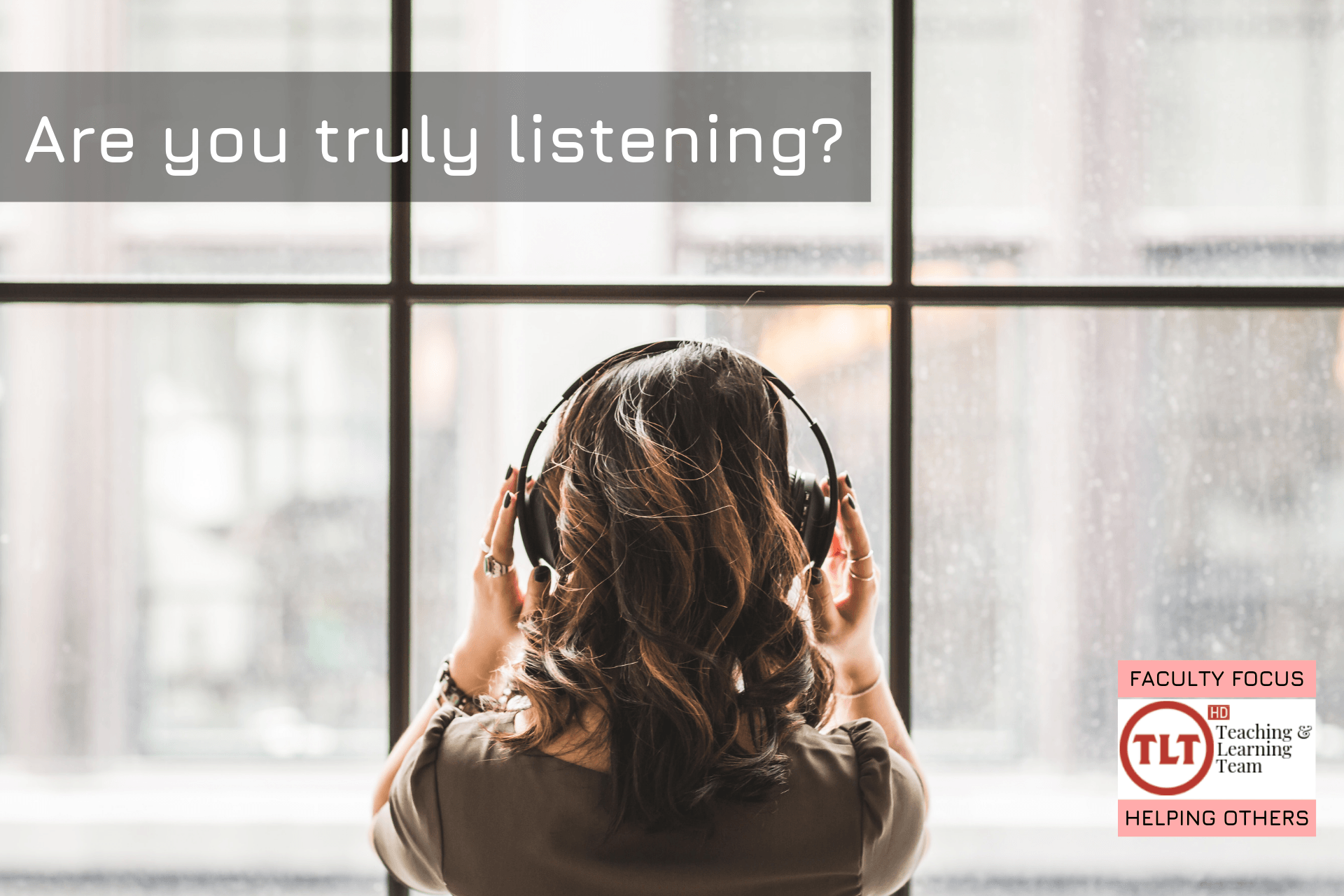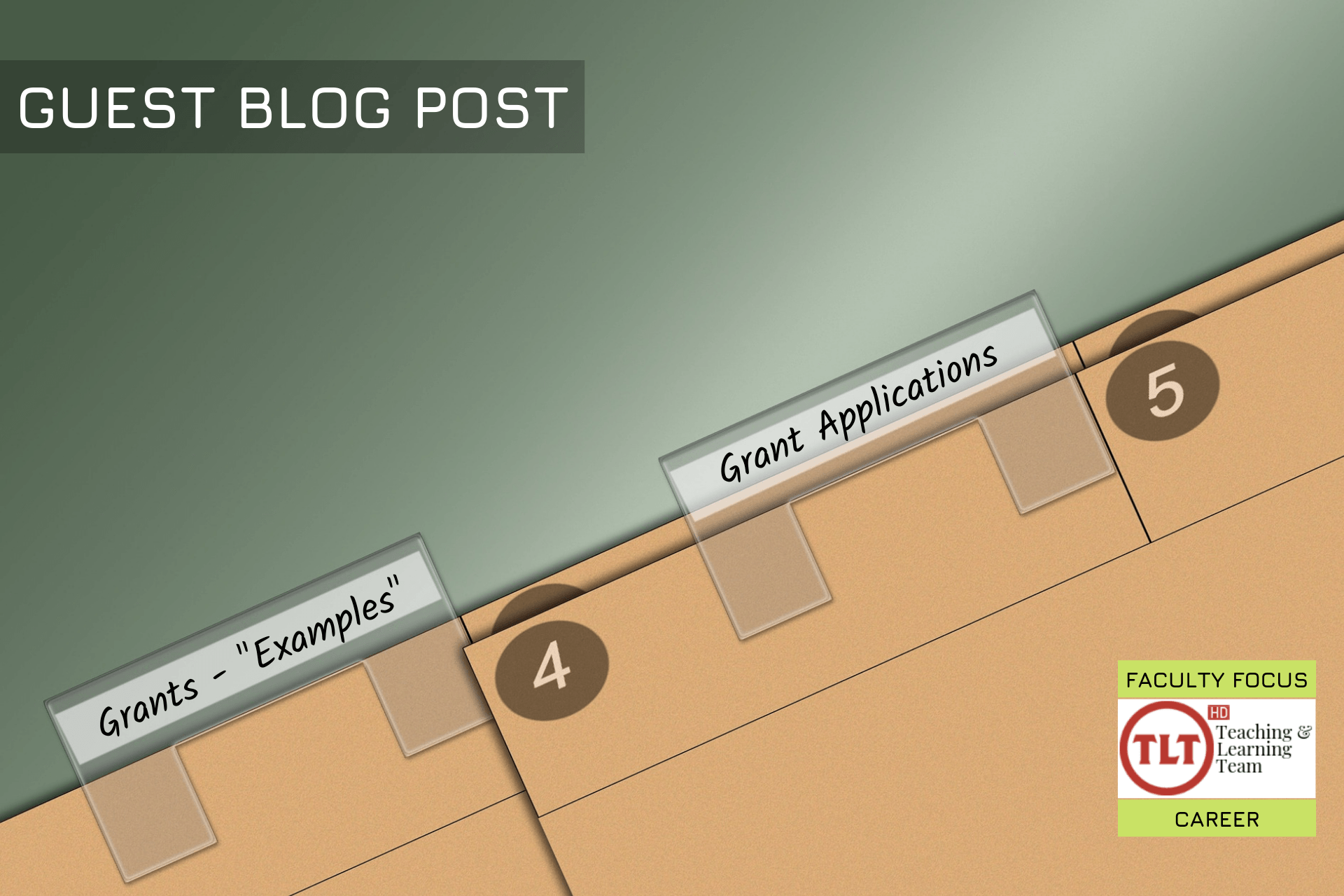Fear of public speaking is very common, with an estimated 1 in 4 people reporting being anxious when presenting ideas and information in front of an audience. Some folks report being more scared of public speaking than death! While fear helps to protect ourselves in risky situations, it can also get in our way. In the case of public speaking anxiety, fear can prevent us from sharing our research and ideas within academic circles as well as with the larger community. Developing effective public speaking skills will help you advance your career and share your ideas with the world.
What causes public speaking anxiety?
Before we discuss speech anxiety management, it’s important to understand what causes this apprehension. Basically, an evolutionary, physiological mechanism in your body called the fight-or-flight response takes over. When faced with a situation you perceive as threatening, your mind sends a message to your body that you are in an emergency situation and the body responds with surges of adrenaline. This adrenaline energizes you to either fight the threat or to run away from the danger. Unfortunately, your body doesn’t distinguish between physically threatening situations, where you might actually need the extra adrenaline, and psychologically threatening experiences, where the physical symptoms only add to your stress. Thus, when you perceive a public speaking situation to be scary, your body reacts and you experience anxiety. Symptoms of speech anxiety include blushing, accelerated heart rate, perspiring, dry mouth, shallow breathing, shaking, churning stomach, forgetfulness, and nervous “ticks” such as playing with jewelry, tapping fingers, clutching the podium, or twirling hair. Thankfully, scholars from a variety of disciplines have developed techniques to manage speech anxiety.
How can I manage my public speaking anxiety?
Change your self-perceptions
The goal is to change how you perceive yourself and your abilities. The saying “mind over matter” is actually quite true. Simply put, if you think you’re a terrible public speaker, you are very likely to perform terribly. These repeated negative thoughts become a self-fulfilling prophecy. As simple as it may sound, replacing negative thoughts with positive thoughts is a very effective technique to reduce speech anxiety. This is called cognitive restructuring or reframing. Speakers who think negatively about themselves and the speech experience are much more likely to be overcome by speech anxiety than speakers who think positively. So whenever a negative thought creeps into your mind, immediately force yourself to think positively.
Try following this three-step plan: (1) Whenever you have a critical thought, acknowledge it without judgement. (2) Next, replace that negative thought with a positive thought. For example, instead of thinking “I’m an awful public speaker,” think “No one’s perfect, and I’m getting better with each speech I give.” (3) Finally, focus on the things you do well. Think about all the things you like about yourself that have nothing to do with public speaking—traits that, in the grand scheme of things, are far more important than public speaking skills. Concentrate on these strengths rather than obsessing over your perceived weaknesses. Speech anxiety is often the result of a lack of self-confidence. For many, this comes from fearing harsh judgment by others. Feeling this way can cause us to simplify the situation into two categories—perfection or complete disaster. But thinking this way will only make you feel worse. By using cognitive restructuring, you can begin to stop this extreme thinking and realize that perfection is next to impossible and disaster is highly unlikely.
Visualize success
Another cognitive restructuring technique is called visualization, which takes place prior to your speech and involves the speaker imagining himself/herself in a hypothetical public speaking situation. The goal of this method is to vividly imagine delivering a very effective speech. Simply put, you imagine yourself performing successfully in a situation that causes nervousness and anxiety. Repeatedly visualizing a positive performance has been shown to reduce fears of public speaking because the positive image eventually replaces the negative one.
Visualization is a very popular ritual for athletes because it helps them perform successfully. Allyson Felix, an Olympic track and field sprinter, routinely uses visualization: “Visualization involves thinking through every detail of a performance so when the time comes, you know exactly what your next move is.” In a study of basketball players, researchers divided a team into three groups: one group practiced free throws, a second group practiced visualization, and a third group practiced both visualization and free throws. Which group do you think performed the best? The third group who practiced visualization in combination with skills training scored the most free throws. So by thoroughly practicing your presentation as well as practicing visualization, you are on the road towards more confident public speaking.
Understand your physiology
As mentioned previously, there are many physical symptoms of speech anxiety – sweaty palms, rapid heart rate, shaking, and so on. But there are ways to manage these symptoms so you can feel a bit calmer once you get to the podium. Nervous speakers tend to take short, shallow breaths. This induces more anxiety because you are not fully oxygenating your body. To break this habit, practice taking slower and deeper breaths. To know if you are breathing deeply, place a hand on your chest and a hand on your stomach. If your chest rises more, you are breathing shallowly and not taking advantage of all the oxygen your body is capable of taking in. When you breathe deeply, you use your diaphragm and your stomach will expand. Deep breathing also circulates nitric oxide through your body, which has a stress-reducing effect. Think about how emergency medical technicians provide individuals with oxygen when they experience shock. The increased oxygen and nitric oxide flowing through your blood has a calming effect on your body.
In order to take deep breaths, you must have good posture. When you hunch over, your chest collapses and your lungs compress, reducing the amount of air you take in. As a result, less oxygen gets to the brain, leaving you fuzzy-headed. Throwing your shoulders back and standing up tall can also trick you into feeling more confident. Researchers at Ohio State University found that people who slouched reported feeling less qualified to handle a task than those who had good posture. So stand up tall and take those deep, relaxing breaths. You’ll not only look more confident, you’ll feel it too.
Nervous energy can cause you to shake, bounce, or jiggle due to the extra boost of adrenaline pumping through your system. Physical activity is one of the best ways to reduce tension. Before arriving to give your presentation, simply taking a relaxing walk, doing jumping jacks, or some other movement can be enough to release some of the extra tension in your body. Before you approach to the podium, try gripping the edge of your chair seat and gently squeeze the chair. Feel the muscles in your hands and arms tense, then quickly relax. Notice how the tension rushes away.
Prepare, prepare, prepare
Nothing beats preparation for relieving anxiety. If you have invested a considerable amount of time and effort into creating and practicing your speech, you will feel more confident about it. That confidence will inevitably come out in your delivery. Jim Loehr, Ed.D., author of the Power of Full Engagement, has devoted thirty years to helping professional athletes manage their stress and energy. He notes that 90% of successful athletes’ time is spent preparing and only 10% performing. The same can be said for public speaking. Most of your time should be spent preparing your speech in advance. Procrastinating will only hurt you:
“Procrastination is a way for us to be satisfied with second-rate results; we can always tell ourselves we’d have done a better job if only we’d had more time. If you’re good at rationalizing, you can keep yourself satisfied this way, but it’s a cheap happy. You’re whittling expectations of yourself down lower and lower.” —Richard O’Connor, Ph.D.
Even more tips
Before you speak:
- Work especially hard on your introduction. Research has shown that a speaker’s anxiety level begins to drop significantly after the first 30 seconds of a presentation. Once you get through the introduction, the rest of your speech should progress more smoothly.
- Before moving to the podium, imagine speaking to one person at a time. This can help you focus on communicating with your audience rather than performing for them.
- Scientists have long known that the brain cements memories during the hours you’re asleep. Sleep deprivation temporarily reduces levels of brain-derived neurotrophic factor, a protein that’s crucial for storing new information. Therefore, staying awake until 4am on the day of your speech, trying to memorize every word, will not serve you well. Practice your speech thoroughly, in advance, and then go to bed early. While you sleep, your brain will store your speech into memory.
- It’s also important to eat before a speech. Having low blood sugar will make you feel sluggish and queasy. If you have butterflies, I don’t recommend eating something heavy or greasy, but you should definitely eat something with both carbohydrates and protein.
- To bring about physical relaxation, tighten your toes, calves, and thighs – then relax them. Clench your fists, tighten your arms – then relax them. When you relax your muscles after tightly clenching them, you should feel blood rush into these areas. Imagine that rushing feeling is the tension being eliminated from your body.
- Right before walking up to the podium, try this exercise from psychologist Lucy Jo Palladino, Ph.D. First, find an object that has four corners such as a window or a piece of paper. Focus on the upper left-hand corner; inhale for a count of four. Next, hold your breath for a count of four as you look at the upper right-hand corner. Then, gaze at the lower right-hand corner, and exhale for a count of four. Finally, look at the lower left-hand corner and smile. Repeat a few times.
When you speak:
- Do not worry that the audience will notice signs of your inner turmoil. Most of the nervousness that you feel is not visible.
- Communicate in a conversational style. Try to use gestures and facial expressions that you regularly make use of in normal conversation. Pretend you’re talking with a group of friends. This will make you appear approachable and natural.
- Even though it may make you more nervous in the beginning, make eye contact with your audience members. Remember that they are individual people, not a blur of faces. If looking people directly in the eye is intimidating to you, try looking just above their eyes, at the middle of their foreheads (as long as you’re not close to them). From their perspective, it will appear like you are looking right at them. But do strive to make direct eye contact with at least half of your audience.
- The audience does not know what you plan to do during the speech; thus, they will be slow to pick up on any mistakes. Since they do not know exactly what you planned, it is easier to make adjustments during the speech without jeopardizing your objectives. Remember – you are the expert on your speech topic.
- SMILE! Even if it’s the last thing you feel like doing, smiling can trick your brain into thinking you’re actually feeling good. Research suggests that smiling releases endorphins and boosts serotonin, which can lead you to feel the emotion you’re projecting.
Regardless of which techniques you use to manage your anxiety, none are as effective as being well-prepared. Preparation is the number one way to reduce speech anxiety because the more time and effort you put into the speech, the better you will feel about it. By implementing these tips and techniques, your next speaking engagement will surely result in a mic drop moment! Best of luck!



